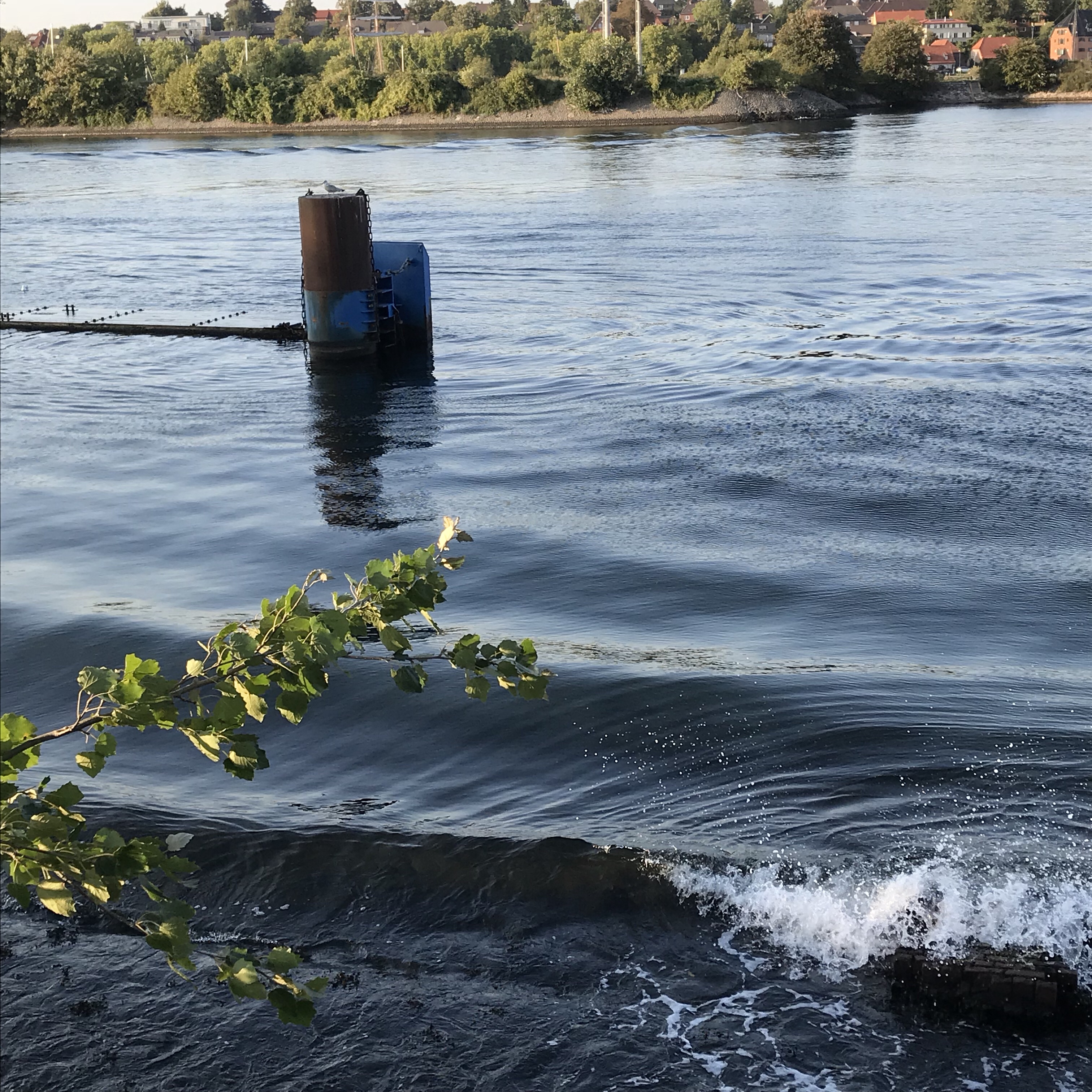


There is reason to be skeptical about such claims on physical grounds. Very small loudspeakers are often promoted as having sound just as good as a large loudspeaker. The realities of diffraction may affect your choice of loudspeakers for your personal listening. Note that the wavelength of the 100 Hz sound is about 3.45 meters, much larger than the speaker, while that of the 2000 Hz sound is about 18 cm, about the size of the speaker. These equal intensity curves were measured in an undergraduate sound laboratory experiment. It is evident that the high frequency sound spreads out less than the low frequency sound. The curves at left represent equal intensity contours at 90 decibels for sound produced by a small enclosed loudspeaker. Since the bass frequencies have longer wavelengths compared to the size of the loudspeaker, they will spread out more than the high frequencies. One consequence of diffraction is that sound from a loudspeaker will spread out rather than just going straight ahead. The long wavelength sounds of the bass drum will diffract around the corner more efficiently than the more directional, short wavelength sounds of the higher pitched instruments. So your experience with sound can give you insights into the limitations of all kinds of imaging processes. When you are several sound wavelengths past the post, nothing about the wave gives you information about the post. The reason for that limitation can be visualized with the auditorium example: the sound waves bend in and reconstruct the wavefront past the post. You cannot see a virus with a light microscope because the virus is smaller than the wavelength of visible light. A fundamental principle of imaging is that you cannot see an object which is smaller than the wavelength of the wave with which you view it. Good sealing of loudspeaker cabinets is required for similar reasons.Īnother implication of diffraction is the fact that a wave which is much longer than the size of an obstacle, like the post in the auditorium above, cannot give you information about that obstacle. Good soundproofing requires that a room be well sealed, because any openings will allow sound from the outside to spread out in the room - it is surprising how much sound can get in through a small opening. Besides being able to hear the sound when you are outside the door as in the illustration above, this spreading out of sound waves has consequences when you are trying to soundproof a room. This aspect of diffraction also has many implications. You may perceive diffraction to have a dual nature, since the same phenomenon which causes waves to bend around obstacles causes them to spread out past small openings. There are other factors such as the higher air absorption of high frequencies involved, but diffraction plays a part in the experience. The thunder from a distant strike will be experienced as a low rumble since it is the long wavelengths which can bend around obstacles to get to you.

The thunder from a close bolt of lightning will be experienced as a sharp crack, indicating the presence of a lot of high frequency sound. Another common example of diffraction is the contrast in sound from a close lightning strike and a distant one. The fact that diffraction is more pronounced with longer wavelengths implies that you can hear low frequencies around obstacles better than high frequencies, as illustrated by the example of a marching band on the street. Diffraction in such cases helps the sound to "bend around" the obstacles. The fact that you can hear sounds around corners and around barriers involves both diffraction and reflection of sound. Important parts of our experience with sound involve diffraction. Diffraction of Sound Diffraction of Soundĭiffraction: the bending of waves around small* obstaclesand the spreading out of waves beyond small* openings.* small compared to the wavelength


 0 kommentar(er)
0 kommentar(er)
